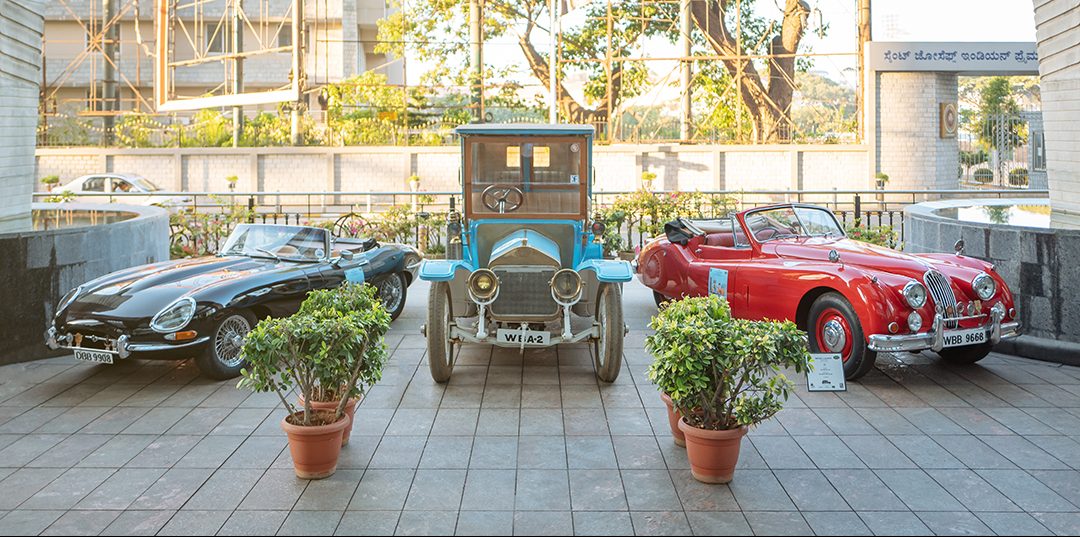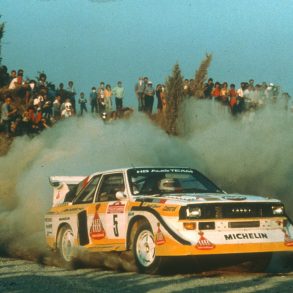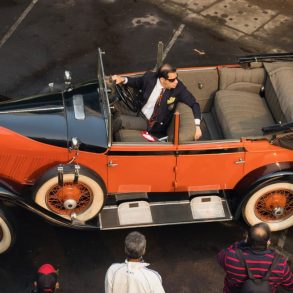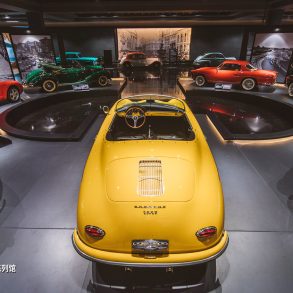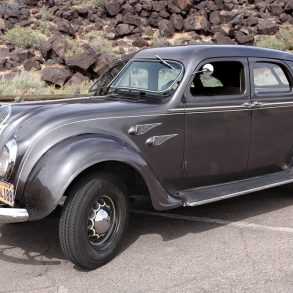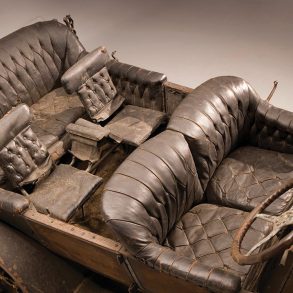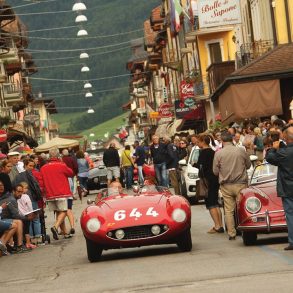“We can learn a great deal from what’s happening in India right now, when it comes to attracting young people into the historic vehicle movement,” says FIVA President Patrick Rollet.
In March, FIVA (the Fédération Internationale des Véhicules Anciens or international federation of historic vehicles) held its General Council meeting in Bangalore, India’s fast growing tech city. Explaining why Bangalore was the perfect venue, Rollet comments, “India is a country where the ‘love affair with the automobile’ is a more recent phenomenon than in the West, and it’s truly heartening to see the groundswell of enthusiasm for historic vehicles among younger Indians – at a time when European enthusiasts are worried that classics will increasingly be seen as something for the older generation.
“Our meeting was held in Bangalore alongside a symposium organized by the Delhi-based Osianama Learning Experience and the Federation of Historic Vehicles of India (FHVI) – the first of its kind in Asia – aimed at encouraging even more young people and women to get involved in the historic vehicle movement. The energy and enthusiasm of the participants, in a country that’s at an exciting point in the development of its historic vehicle community, is a joy to see.”
So what is the Indian historic vehicle community doing to encourage this groundswell of interest among the young? A key factor is the growing number of informal groups on social media, who meet at the weekend for casual drives in various cities. A prime example is Classic Drivers of Calcutta (CDC), as young entrepreneur and enthusiast Souvik Ghose Chaudhuri describes:
“CDC was founded in 2017 with only three members but we now have 98 owners in the group, with 15% being ‘first-timers’ and almost half under the age of 35. But importantly, we also have 500-plus members on Facebook and Instagram who may or may not currently own a historic vehicle.
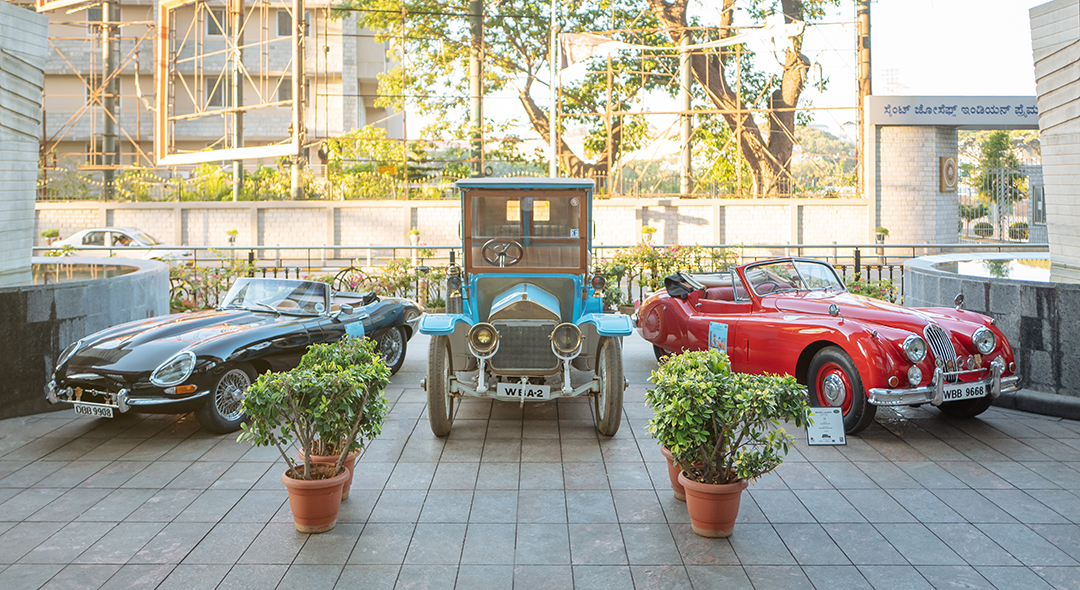
“To ‘catch them young’, it’s important to create communities around historic vehicles – non-competitive, fun social events to attract newcomers, such as movie screenings and garage days, plus extensive use of social media and workshops. It’s working. We’re seeing younger people, most of them ‘first-timers’, acquiring classics, while our members seem to be overcoming the absence of a DIY culture and have taken to working on their vehicles themselves! The future is bright.”
Interestingly, focusing on women has proved another key factor, as female race and rally driver Farah Vakil, explains:
“Women are starting to take the lead in demystifying the classic automobile, seen by many as an untouchable realm of the wealthy and privileged man. Up till now, Indian women’s role in historic vehicle circles has been as the wives and daughters of collectors but that’s changing. Women in India today are financially and socially empowered, and we don’t need to have classics passed onto us as family heirlooms, as we can acquire them independently – sourcing them abroad, if necessary, and importing them. We are becoming instrumental in widening the appreciation of these cars, keeping it informal and unstructured – an outing in our cars, a picnic perhaps – without the heavy organization and expense of a formal event.”
Another presenter at the Bangalore symposium was businesswoman and blogger Shana Parmeshwar, who races a Porsche GT3 in the UK and India but also owns an Austin Seven and a ’65 Chevrolet Impala estate. She uses the tag line ‘Be Cool, Be Classic’ to describe the surge of historic vehicle interest among the younger generation in India, and is full of ideas for the future – such as ‘Classic & Charity’, to organize classic runs to orphanages, where the children have fun taking passenger rides.
“India has a rich automotive heritage,” concludes Gautam Sen, FIVA’s Vice President, Communications. “In the early 20th Century, carmakers thronged to India but it wasn’t until after independence that India really developed its own manufacturing industry. If America could have its Big Three, India had its Little Three – Hindustan Motors, Premier Automobiles and Standard Motors, the latter narrowed down to making the Standard Herald.
“It was also in the 1960s that the collecting bug started, although it was generally limited to a small number of enthusiasts acquiring extraordinary cars discarded by the erstwhile rajas and maharajas of India. Today, however, much as in Europe, the majority of enthusiasts are keen to collect more attainable vehicles – of the sort that were used everyday, and hence reflect the wider culture of the country.
“Clearly the Indian historic vehicle movement is enjoying great success at involving younger people, and FIVA members across the world might find their stories helpful when it comes to ensuring that our shared passion for classics lives on in future generations.”


